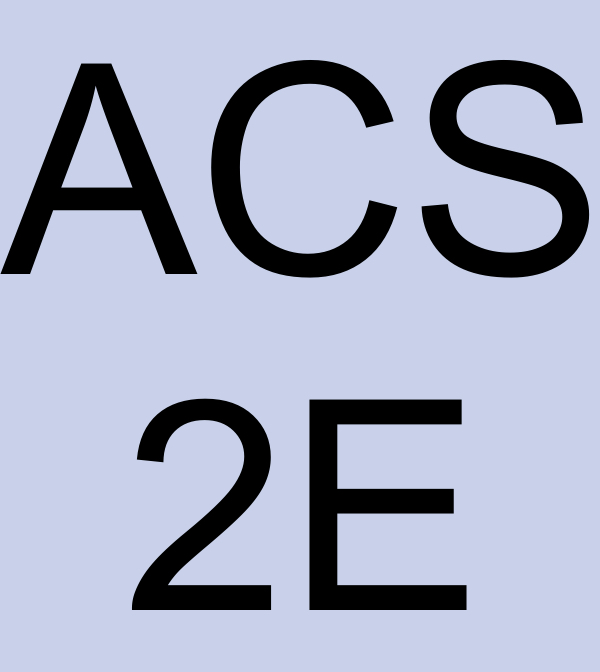Activity 6.3.2.
Consider the following situations in which mass is distributed in a non-constant manner.
(a)
Suppose that a thin rod with constant cross-sectional area of 1 cm\(^2\) has its mass distributed according to the density function \(\rho(x) = 2e^{-0.2x}\text{,}\) where \(x\) is the distance in cm from the left end of the rod, and the units on \(\rho(x)\) are g/cm. If the rod is 10 cm long, determine the exact mass of the rod.
(b)
Consider the cone that has a base of radius 4 m and a height of 5 m. Picture the cone lying horizontally with the center of its base at the origin and think of the cone as a solid of revolution.
-
Write and evaluate a definite integral whose value is the volume of the cone.
-
Next, suppose that the cone has uniform density of 800 kg/m\(^3\text{.}\) What is the mass of the solid cone?
-
Now suppose that the cone’s density is not uniform, but rather that the cone is most dense at its base. In particular, assume that the density of the cone is uniform across cross sections parallel to its base, but that in each such cross section that is a distance \(x\) units from the origin, the density of the cross section is given by the function \(\rho(x) = 400 + \frac{200}{1+x^2}\text{,}\) measured in kg/m\(^3\text{.}\) Determine and evaluate a definite integral whose value is the mass of this cone of non-uniform density. Do so by first thinking about the mass of a given slice of the cone \(x\) units away from the base; remember that in such a slice, the density will be essentially constant.
(c)
Let a thin rod of constant cross-sectional area 1 cm\(^2\) and length 12 cm have its mass be distributed according to the density function \(\rho(x) = \frac{1}{25}(x-15)^2\text{,}\) measured in g/cm. Find the exact location \(z\) at which to cut the bar so that the two pieces will each have identical mass.

